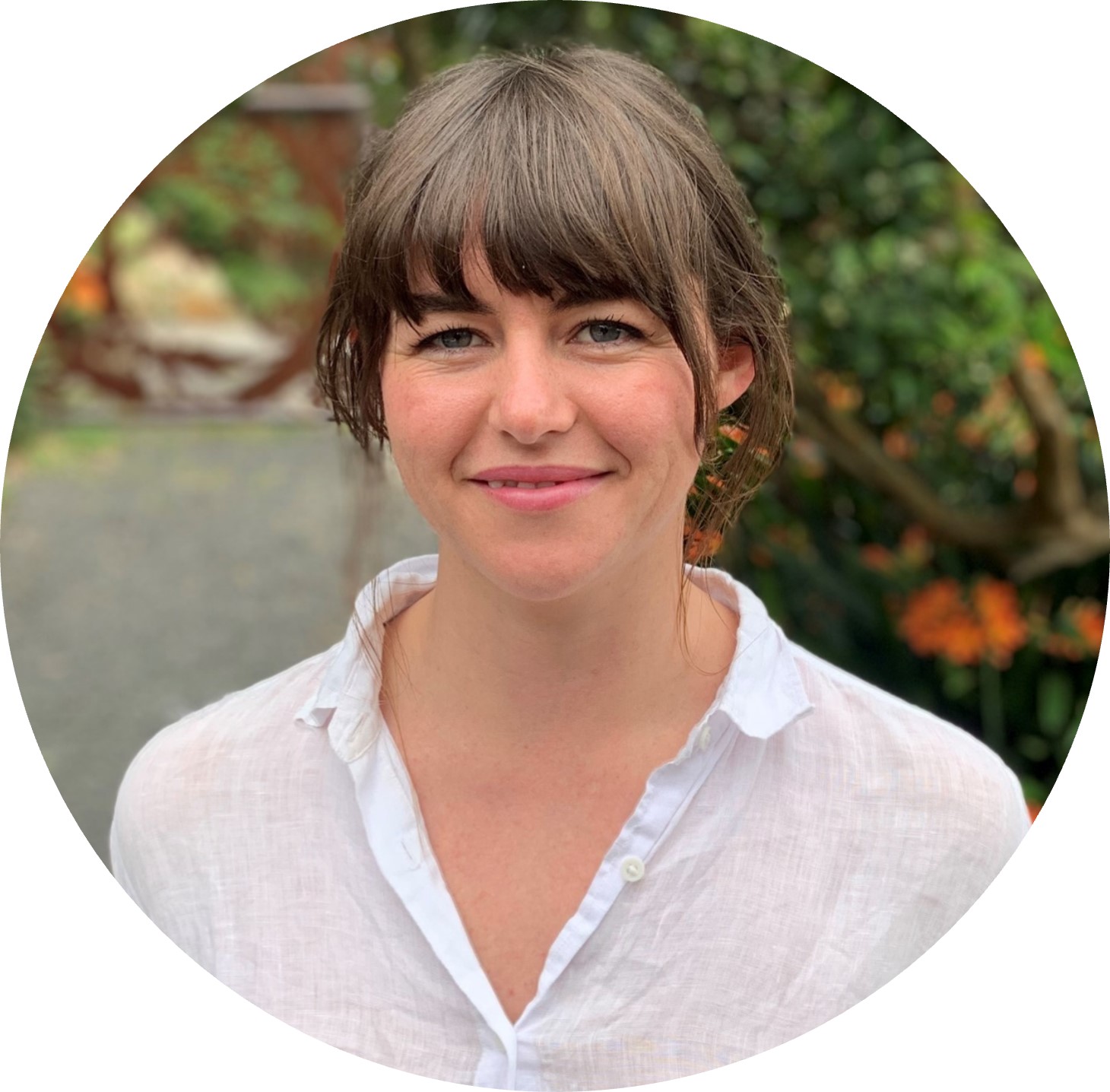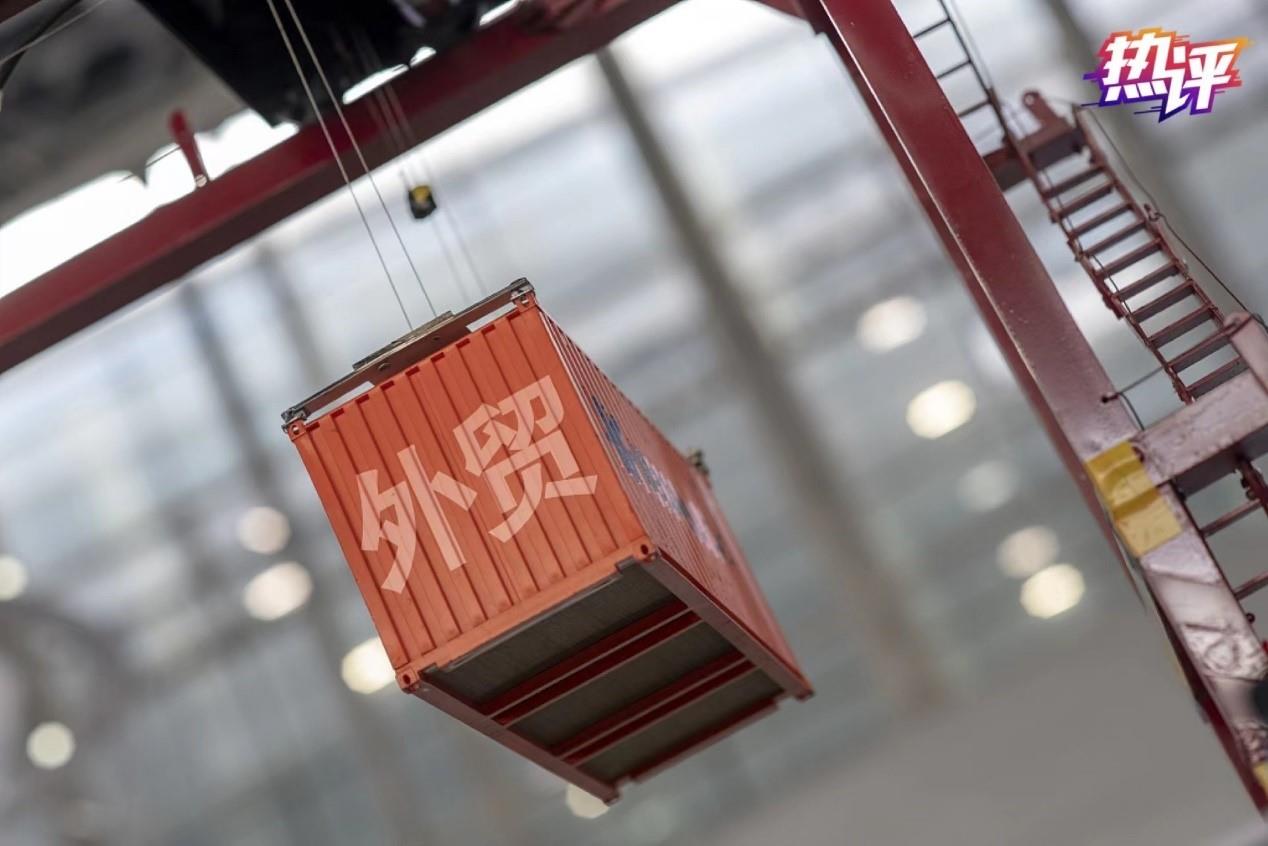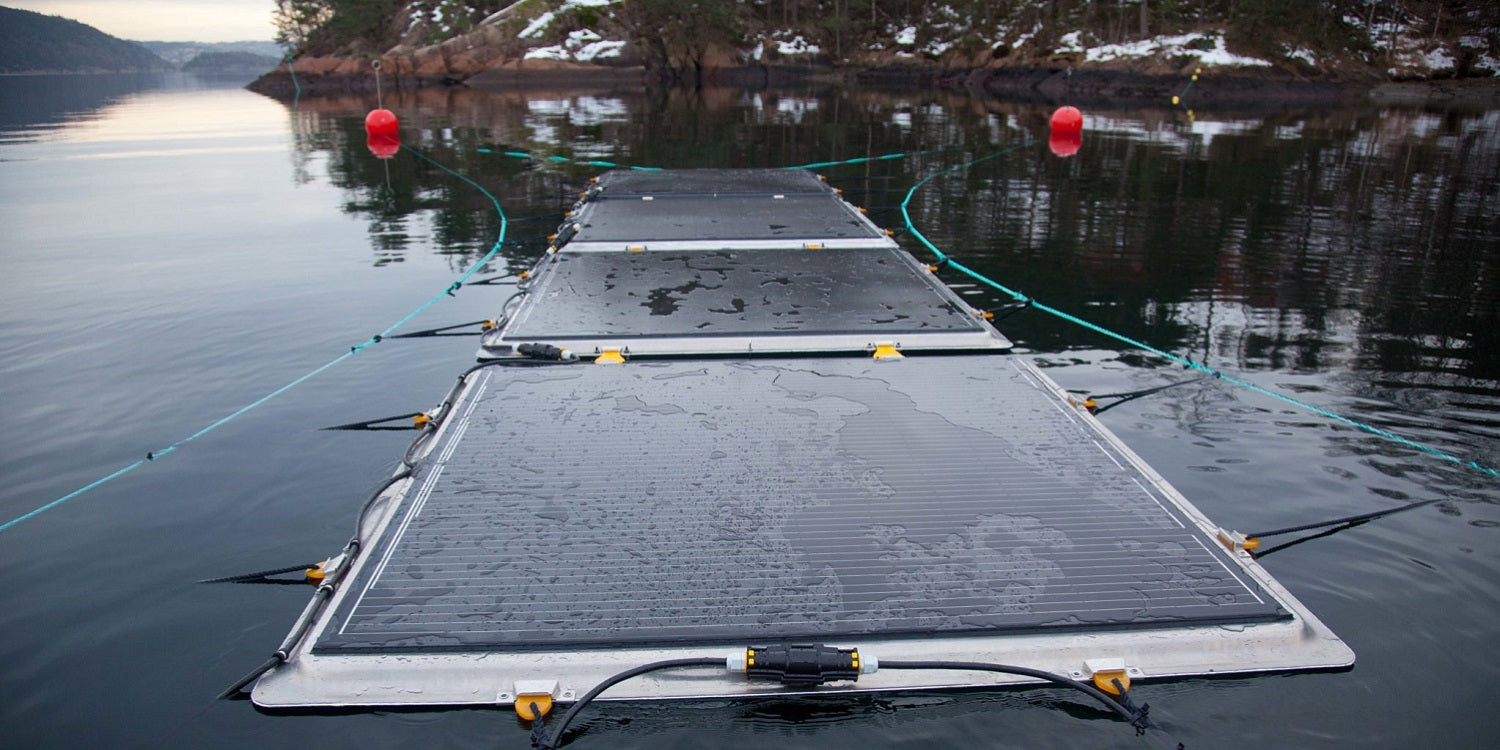https://www.pv-magazine-australia.com/2022/07/05/aussie-solar-powered-direct-air-carbon-capture-tech-secures-backing-from-facebook-google/
Aussie solar-powered direct air carbon capture tech secures backing from Facebook, Google

According to Southern Green Gas's website, the company has designed a unique modular system that runs completely on solar power. "Once captured, the carbon can be permanently stored underground in deep geological formations, or used in food production for the vegetable greenhouse sector, or combined with hydrogen to produce synthetic fuels."
Image: Southern Green Gas
Australian “direct air” carbon capture technology has the attention of a conglomerate of technology giants, with the company deploying the technology, AspiraDAC, announcing its first customer.
Officially, the customer is Stripe, which is making the purchase via Frontier – a partnership between Alphabet and Meta (the owners of Google and Facebook respectively) as well as e-commerce giant Shopify and consulting firm McKinsey.
Earlier this year, Frontier’s members announced they would spend US$925 million (AU$135 billion) on carbon removal over the next nine years to stimulate and accelerate the development of carbon removal technology.
AspiraDAC is one of six companies in the first round of spending, in which Stripe distributed US$2.4 million (AU$3.5 million).
AspiraDAC is working in partnership with Australian start-up Southern Green Gas under an exclusive collaboration agreement to produce and deploy its solar-powered modules by the end of 2022.
Southern Green Gas’s prototype machine, developed in partnership with the University of Sydney, claims to suck CO2 directly from the air using solar power.

Image: Southern Green Gas
It is believed Southern Green Gas will build and deliver the machines to AspiraDAC, which will then begin capturing and storing carbon.
“With Southern Green Gas pioneering this technology – harnessing Australia’s incredible solar power resource and world-class storage reserves – we are currently completing the demonstration phase of this project and are looking to enter the construction phase later this year,” Julian Turecek, Executive Director of AspiraDAC, said.
“What Frontier sees in AspiraDAC is the enormous potential in the range of technology developments we are ready to scale in the carbon removal sector,” he added.
“The DAC [Direct Air Capture] solar-powered modules being delivered in this project are at the heart of the agreement with Frontier, being a global-first use of this technology.”
AspiraDAC and Southern Green Gas say they are currently working on the world’s first solar-powered DAC project of one tonne per day, or 310 tonnes per annum, made possible by funding from the Australian Government’s Carbon Capture Use and Storage Development Fund.

“Australia’s abundant solar energy potential means it is a perfect location for DAC, and with the use of solar-powered modules the facility can operate independently of traditional energy sources,” Turecek said.
“Additionally, the compact nature of DAC facilities means production can capture equivalent CO2 emissions using less than 90% of the land needed in reforestation carbon capture projects.”
“It is not without challenges, DAC technology is in its nascent stages, and agreements with customers such as the Frontier group will catalyse further development of the sector.”
“This will increase our ability to bring down the costs per tonne of carbon to a competitive level to take removal to a megatonne scale within the next decade, and gigatonne scale the decade following.”
This content is protected by copyright and may not be reused. If you want to cooperate with us and would like to reuse some of our content, please contact: editors@pv-magazine.com.
<




